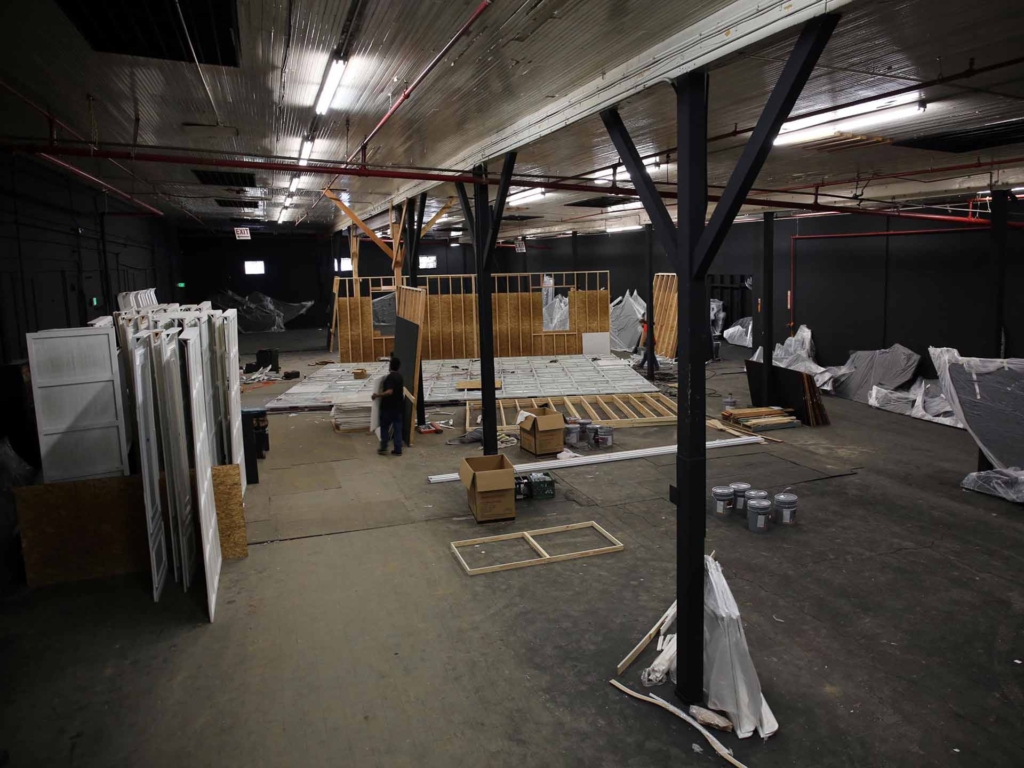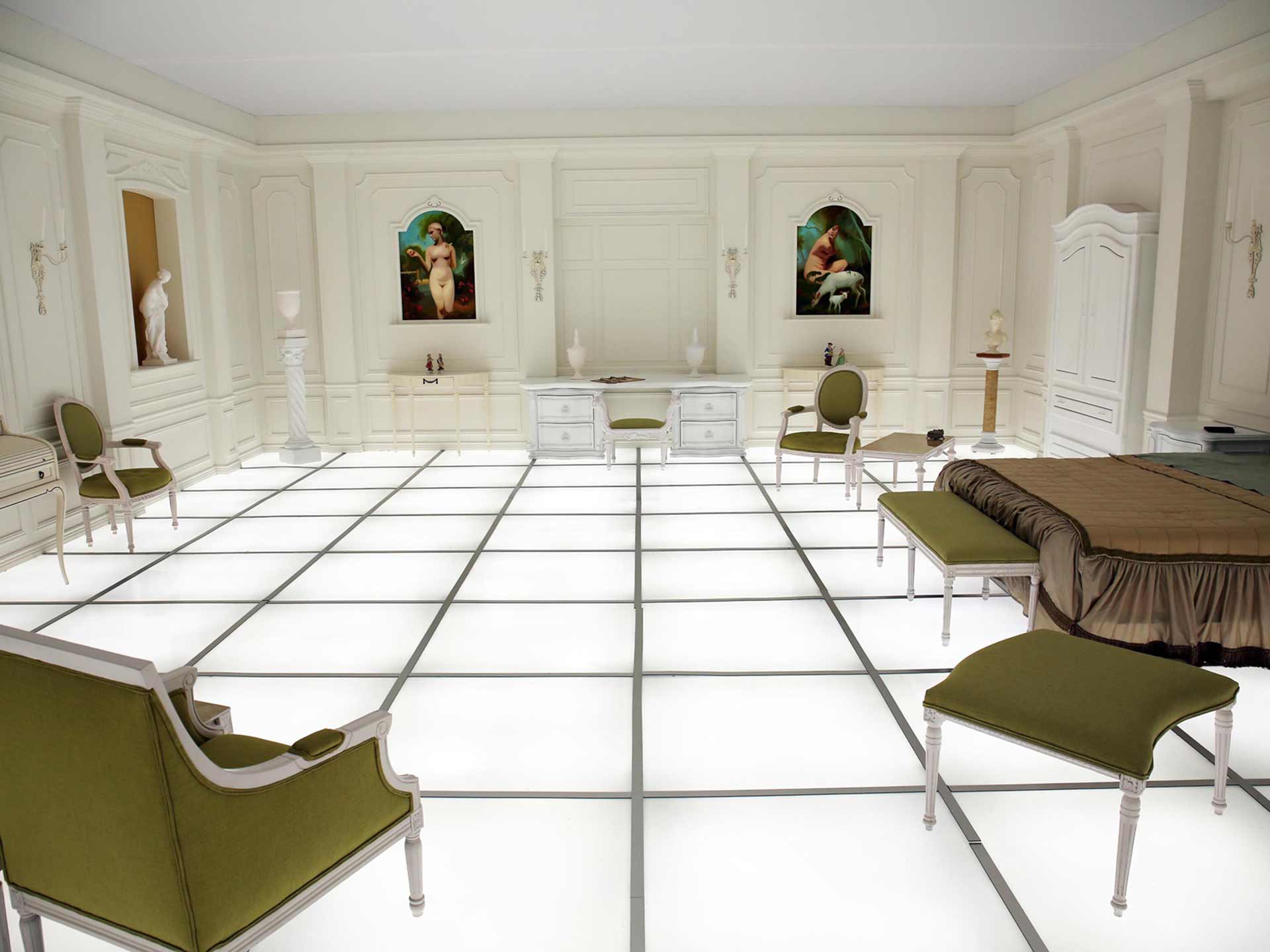
Others might denigrate it but for me, Birch’s rebuild of the hotel beyond the stargate is pop art of the highest order
Any worth that it possesses is due to the fact that it perfectly recreates an element of another popular (but not populist) piece of art that was/is perfect in its own right, presenting it in a context that allows us to consider both its own form but also the work that it represents. For better or worse, I have spent a lot of time in many design studios. Judging by the amount of memorabilia standing around, there is a deep relationship between science fiction and design. Probably this has much to do with the potent mix of progressive thinking and existential crisis inherent in both.
I will go further and say that I believe there to be an unofficial canon of what I call “designers films,” most of which have a particular sci-fi bent and evergreen popularity within the international creative community. This list naturally includes Star Wars but might extend to Moon, Solaris (both versions), Silent Running, The Andromeda Strain, Soylent Green (insert your favorites here) … and looming enigmatically above them all, Kubrick’s 1968 magnum opus. A testament to this is the number of items featured that are hardly noticeable in the final film, most notably development work produced by companies such as IBM on devices such as electronic memory pens or tablet computers, minor details that at the time of filming were mere speculation.
Those familiar with the film will be surprised just how thorough the creation of this version of the future was, more complete perhaps than any historical epic. The production team, of 2001, a heady mix of the best British film industry talent contemporaneous to the time, alongside an incredible set of experts drawn from the aeronautical and technological industries plus, of course, a Arthur C. Clarke, collaborated to create a highly realized mis-en-scene that looked “right” on every level, the perfect foundation on which to build an exploration of humanity’s development and consider what an extraterrestrial existence might mean for the future.
If there is a criticism to be levelled, it is simply the supposition that 2001 in its final form was inevitable–that it somehow emerged complete
If there is a criticism to be levelled, it is simply the supposition that 2001 in its final form was inevitable—that it somehow emerged complete, rather than, as with any film production, experiencing many wrong turns along the way.
It is probably not common knowledge, but housed within the University of the Arts London resides a vast resource of material related to Kubrick’s work. For many of his productions, Kubrick produced an inordinate amount of research and development material. All of it was kept, although crucially, production elements themselves were always destroyed for fear of them being reused by rivals.
What remains, therefore, is a vast resource of paperwork. Since the material was gifted to the college by the Kubrick family, it’s archivists have boldly taken on the epic task of cataloging it. It must be said that what has ultimately been created is a big pile of boxes, albeit one that resides in a high-tech climatically controlled environment that, intentionally or not, recalls the sets of the last scenes of the film.
Passionate projects such as The Barmecide Feast bring the archive material back to life once again. Whether he ever stated it explicitly or not, my understanding of Kubrick’s mission as a filmmaker. Or perhaps more correctly, as an artist working with the brush of studio film production, was to demonstrate that genre filmmaking can and should combine the best of all the arts to create nothing less than unmitigated masterpieces, the purpose which should themselves be nothing less than a looking glass through which we can attempt to understand our individual and collective selves.

